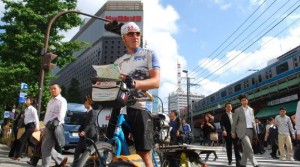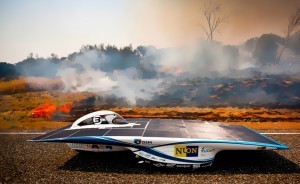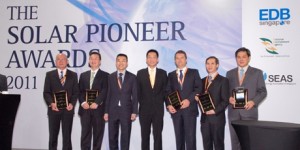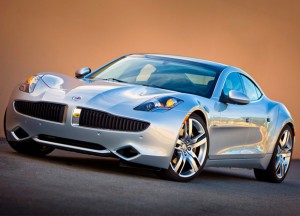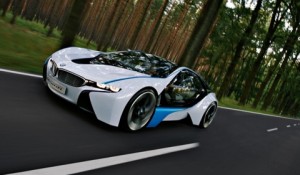 Ok if you’re a hater and you hate everything green. Here’s your opportunity to get your hate on. In fact check out the EV haters guide so you can do it right:The EV-Hater’s Guide to Hating Electric Cars.The ultimate driving machine people, BMW have released some information on their new concept electric vehicles which could make you forget that these cars are green and all.
Ok if you’re a hater and you hate everything green. Here’s your opportunity to get your hate on. In fact check out the EV haters guide so you can do it right:The EV-Hater’s Guide to Hating Electric Cars.The ultimate driving machine people, BMW have released some information on their new concept electric vehicles which could make you forget that these cars are green and all.
All-electric – the BMW i3 Concept.The electric motor of the BMW i3 Concept is designed primarily for operation in an urban environment. Typically an electric motor develops, maximum torque from standstill, in contrast to an internal combustion engine where torque increases with engine rpm.This makes the BMW i3 Concept highly agile and provides impressive acceleration. The BMW i3 Concept accomplishes 0-37 mph in under four seconds and 0-62 mph in under eight seconds.
 BMW i8 Concept – emotional, dynamic and efficient.Its innovative plug-in hybrid concept combines the modified electric drive system from the BMW i3 Concept. Acceleration of 0 to 62 mph in under five seconds combined with fuel consumption in the European cycle of under three liters per 100 kilometers (approx. 94 mpg imp) are figures currently beyond the capability of any vehicle powered by a combustion engine of comparable performance. Thanks to the eDrive technology with its large lithium-ion battery, which can be charged from a domestic power supply, the BMW i8 Concept can travel to approx. 20 miles on electric power alone. Added to which, the 2+2-seater offers enough space for four people, giving it a high level of everyday practicality. You can look forward to seeing the BMW i3 in 2013 and the BMW i3 in 2014.
BMW i8 Concept – emotional, dynamic and efficient.Its innovative plug-in hybrid concept combines the modified electric drive system from the BMW i3 Concept. Acceleration of 0 to 62 mph in under five seconds combined with fuel consumption in the European cycle of under three liters per 100 kilometers (approx. 94 mpg imp) are figures currently beyond the capability of any vehicle powered by a combustion engine of comparable performance. Thanks to the eDrive technology with its large lithium-ion battery, which can be charged from a domestic power supply, the BMW i8 Concept can travel to approx. 20 miles on electric power alone. Added to which, the 2+2-seater offers enough space for four people, giving it a high level of everyday practicality. You can look forward to seeing the BMW i3 in 2013 and the BMW i3 in 2014.


